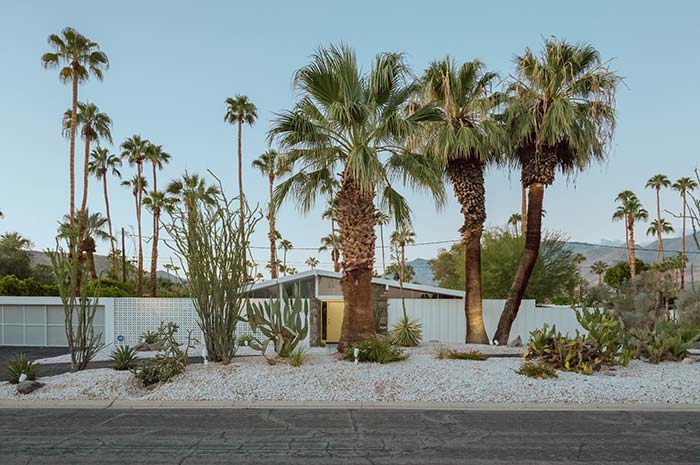You may have noticed the variety of palm trees that decorate gardens, balconies and flower beds around. But you may not know that there are about two thousand species of palm trees cataloged. Given so much variety, how to choose, among the most diverse types of palm trees, the most suitable to compose a landscape project ?. Let's clarify this and other doubts in this post. Keep following to learn how to identify the most common types of palm trees and the correct way to plant and care for the plant.
Palm trees are tropical plants mainly from countries in Africa, Latin America and South Asia. This type of plant grows a lot and can reach up to 40 meters in height in some species, such as the Imperial Palm. That is why it is important to assess the location where the palm will be planted to avoid inconvenience in the future. Even because the palm trees are a companion for life.
How to plant
There are palm species that can be planted in pots or beds, while others, due to their growth, are more suitable for outdoor areas (let's talk in more detail about the planting of each species below). For this reason, it is important that you first define where you want the palm tree to be. From this it becomes easier to determine the most suitable species.
Another important detail to be observed before planting is the climate in your region. Palm trees are tropical plants that enjoy warm, humid and sunny weather. The annual temperature must be kept above 22º for the plant to develop properly. So, plant your palm in a place that receives sunlight daily.
The best time of year to plant palm trees is between summer and early autumn, the period with the highest rainfall. Before planting prepare the soil with organic fertilizer, rich in humus.
Some species of palm trees have thorny or pointed leaves, so avoid planting them at the entrance or in places where there is a lot of circulation in order to avoid accidents.
Palm Care
After planting, care must be taken to ensure the beauty and longevity of the palm. Such care includes frequent watering, since humidity is a key factor for the plant's health. It is advisable to water it every two days and on warmer days, double your attention so that the land does not become dry.
Fertilize every six months with manure or other organic material. Pruning is also important to direct plant growth, take the opportunity to remove dry or diseased branches so as not to interfere with healthy leaves. And finally, make sure your palm receives direct sunlight.
Discover now the main types of palm trees used in gardens
Check now the most common types of palm trees used in landscaping and the characteristics of each. Thus, there is no mistaking the choice:
1. Areca Palm
The areca palm is a very common type seen in internal and external landscape projects. The species has rapid growth and can reach three meters in height. The areca grows both in half shade and in full sun, and is therefore very suitable for planting in pots decorating the interior of homes.
Image 1 – Inside the pot, the plant's growth is controlled.
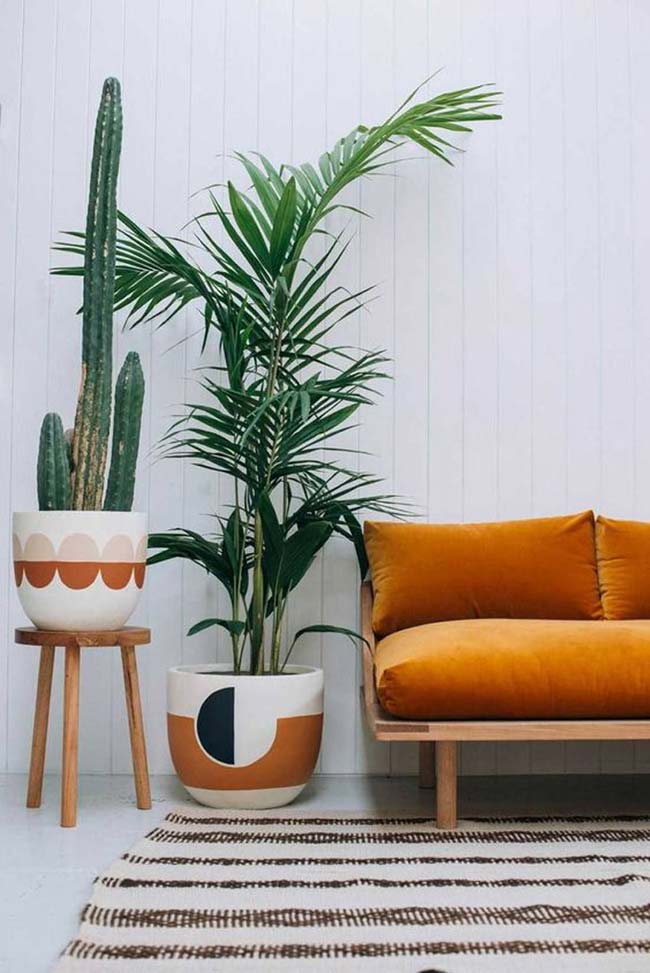
Picture 2 – Bulky areca palm decorating the external corridor of the house.
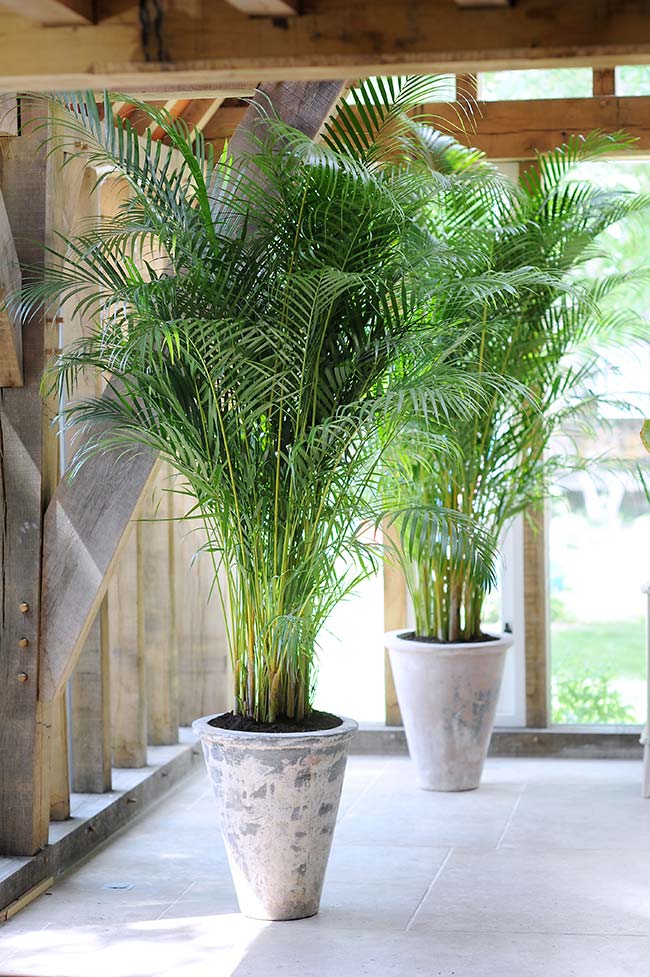
Image 3 – In the right conditions and planted directly in the soil, the areca reaches its fullness.
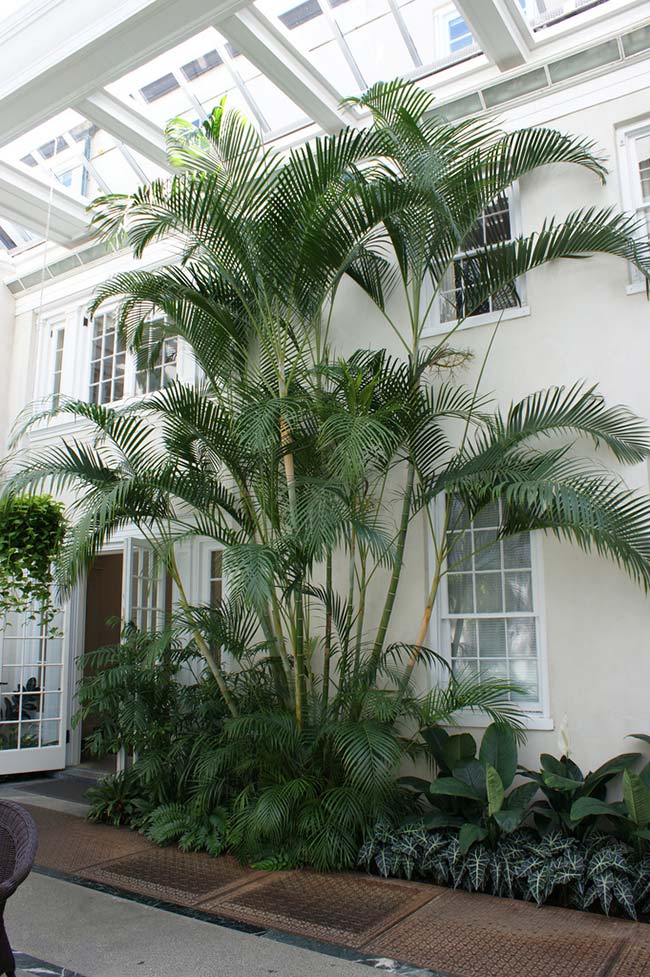
Picture 4 – Ensure the brightness for the plant to grow healthy.
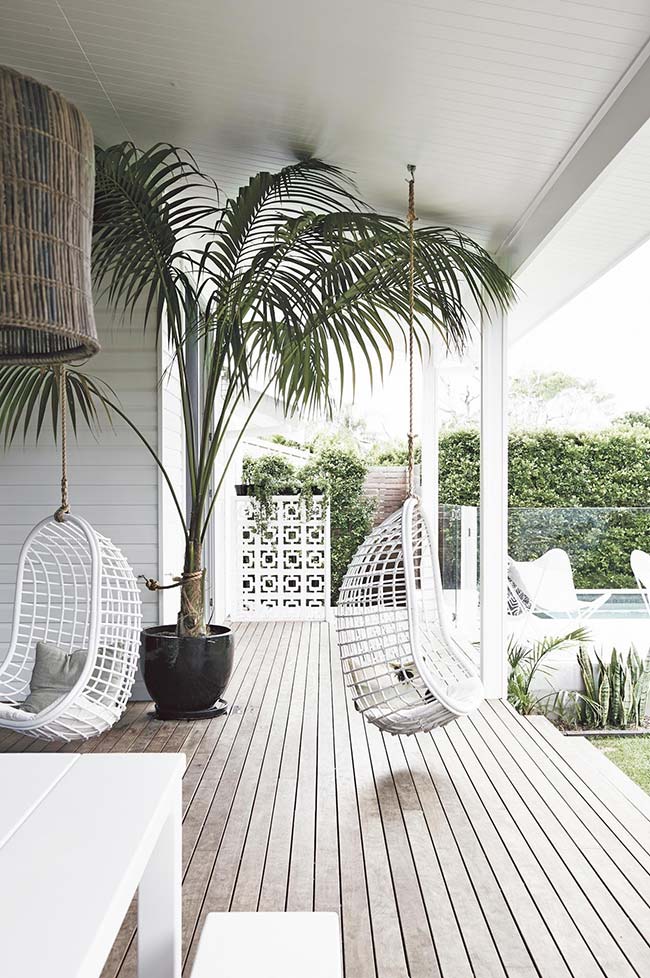
Picture 5 – Areca palm trees can be easily found in garden stores.
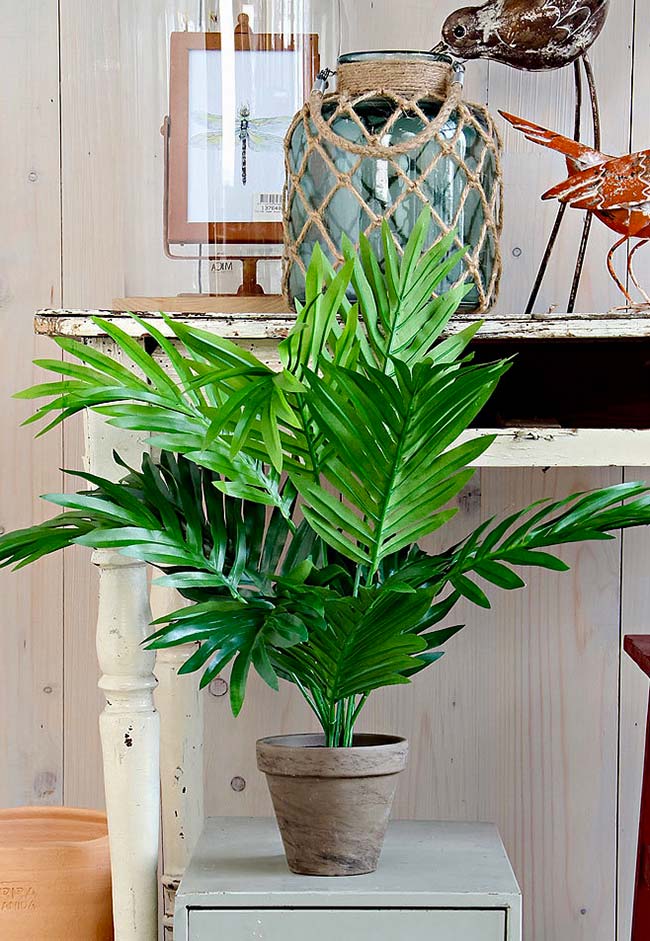
Image 6 – Despite developing well in half shade, the palm tree really likes the sun.
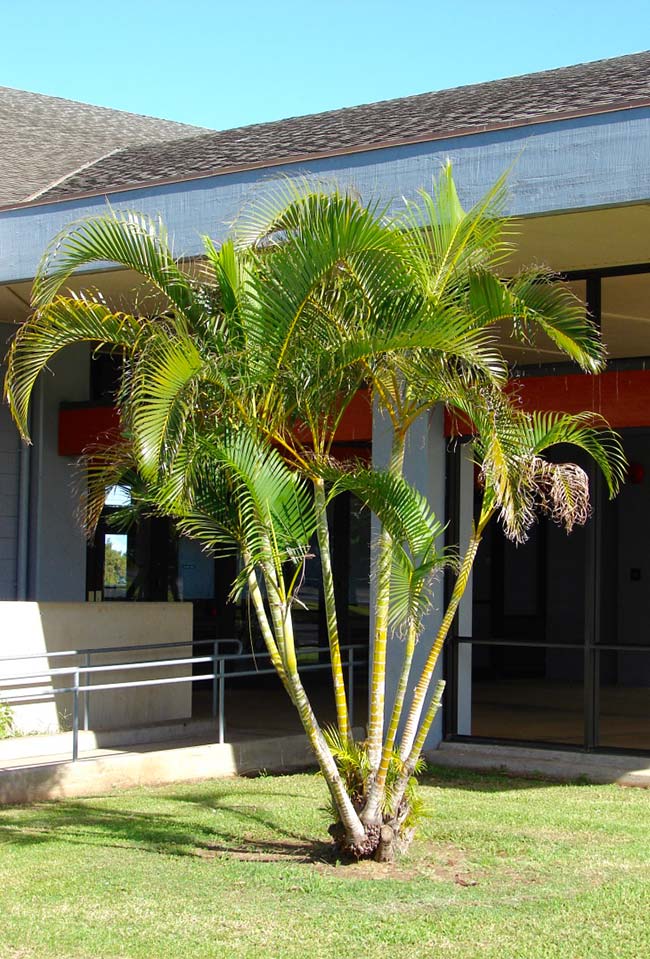
Blue Palm
Originally from the island of Madagascar, the Blue Palm is exotic and very different from the others. Its large, fan-shaped leaves have a silver tone, making a slight reference to the blue color. Without a doubt it is a beautiful plant to decorate the house. However, due to its size, the Blue Palm must be planted in open and wide places, since the plant can reach up to 12 meters in height. The species can be planted alone, creating a focal point in the garden or in groups, causing an equally charming effect. In this case, however, it is important to pay attention to the minimum distance between each seedling, which must be at least eight meters.
Image 7 – Even the youngest plants already have the bluish aspect of the leaves, creating from the beginning an impactful look for the garden.
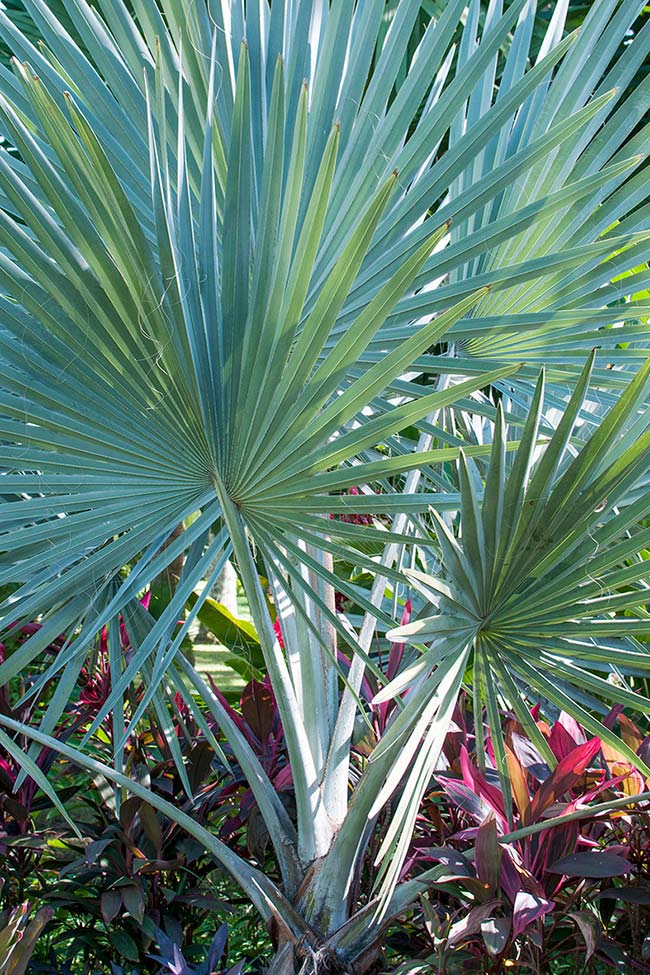
Image 8 – Blue palm tree in composition with other plants.
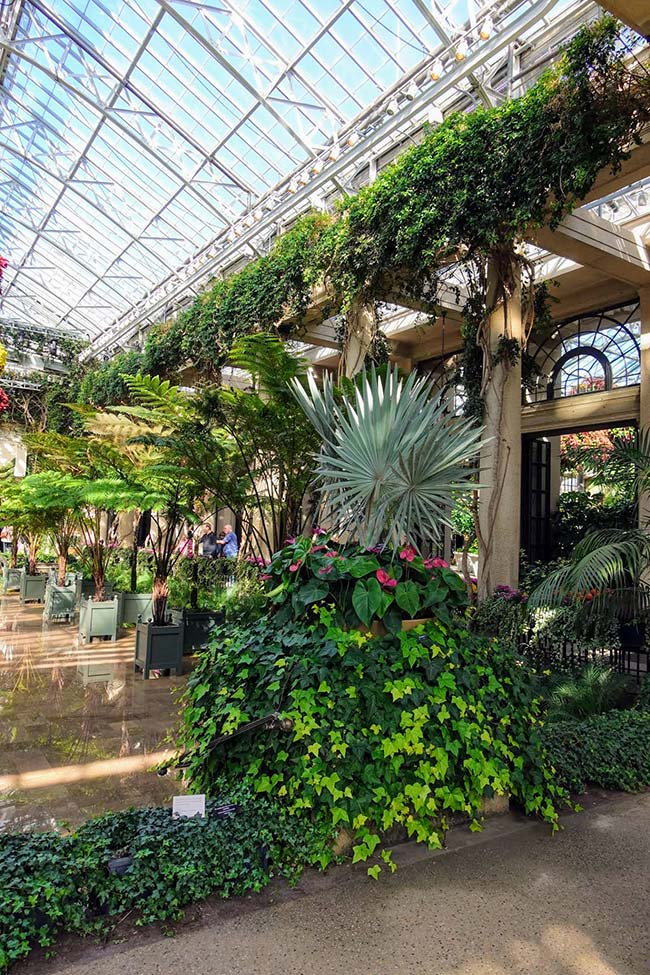
Image 9 – The exuberance of a mature blue palm.

Image 10 – Species contrast: note the difference in the shade of the leaves.

Image 11 – In some rarer cases, the blue palm can reach 25 meters in height.
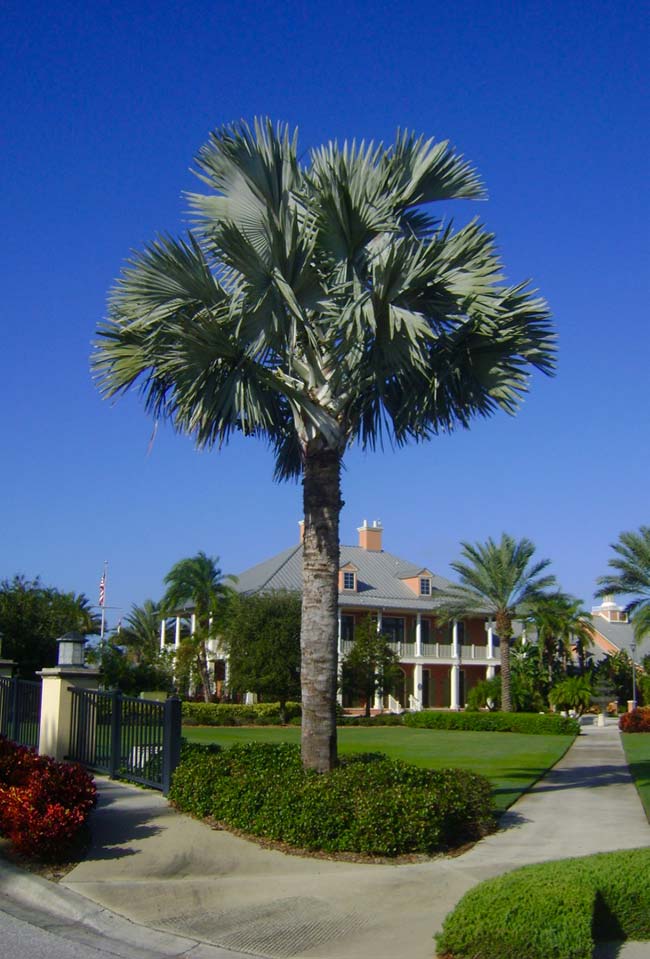
Picture 12 – Blue palm tree welcomes those who arrive at the house.
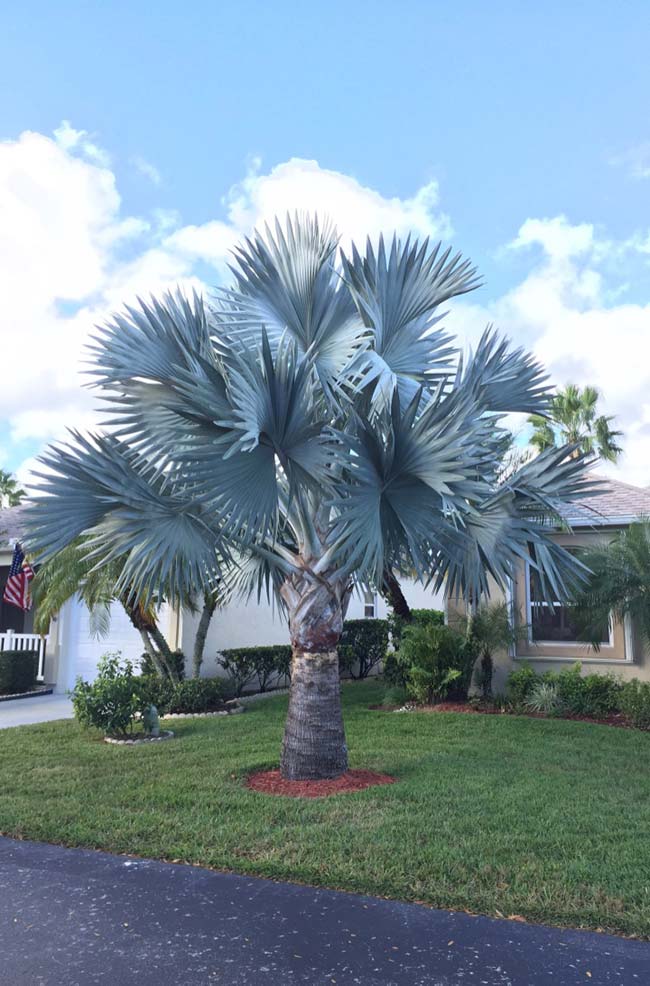
3. Palm Tree Phoenix
The Fênix Palm is also known as mini palm, as it tends to grow much less than the other species, reaching a maximum of two meters in height. Despite preferring full sun, Palmeira Fênix develops very well in half shade. For this reason it is widely used to compose interior decoration.
Image 13 – Palmeira Fênix has thorns at the base of its leaves, so pay attention to the place where the plant will be placed.
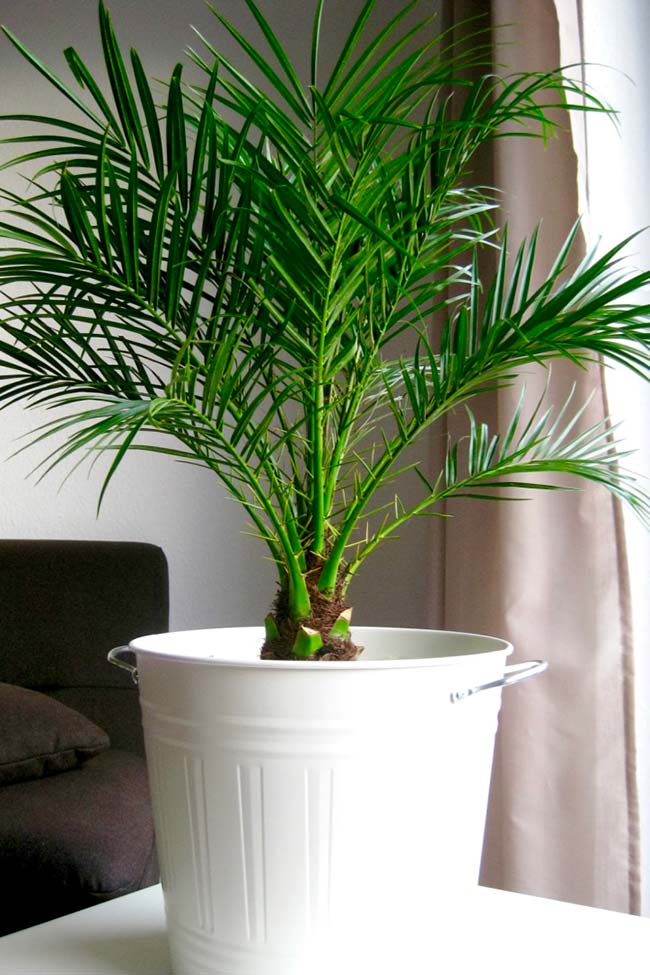
Image 14 – If the palm tree is in the garden, bring a little bit of it inside the house.
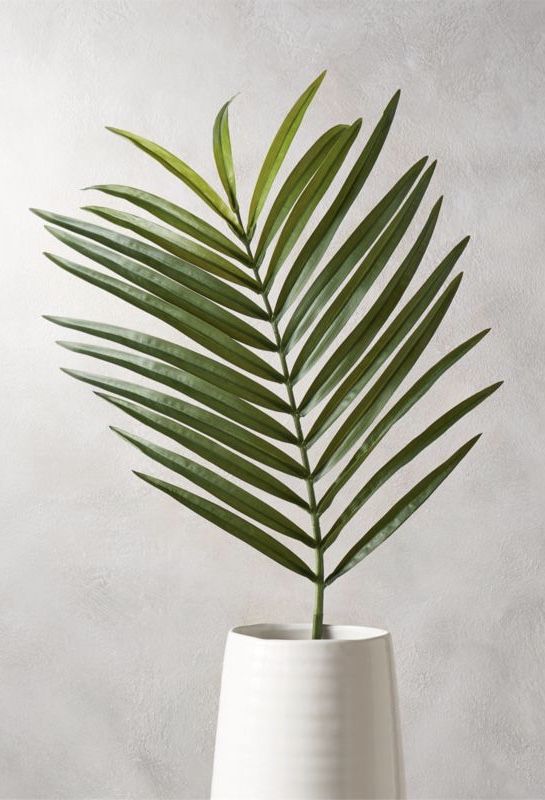
Image 15 – Phoenix palm in composition with lower plants.
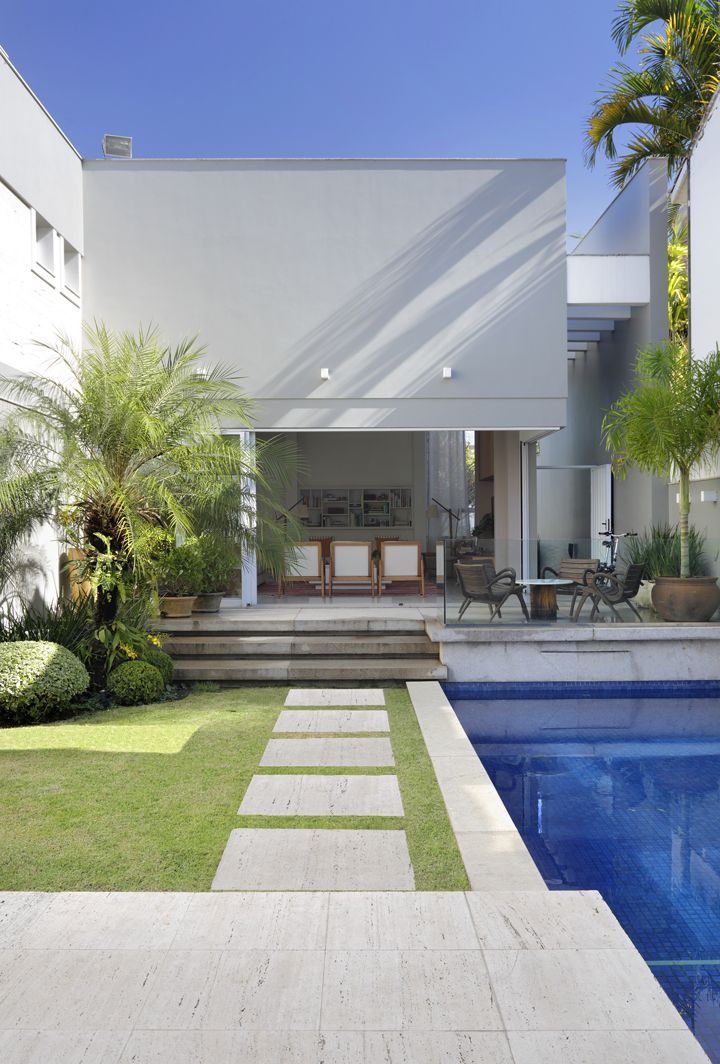
Image 16 – In the vase, the phoenix palm also grows well.

Image 17 – The elongated and thin stem of this species of palm leaves the plant with an elegant look.
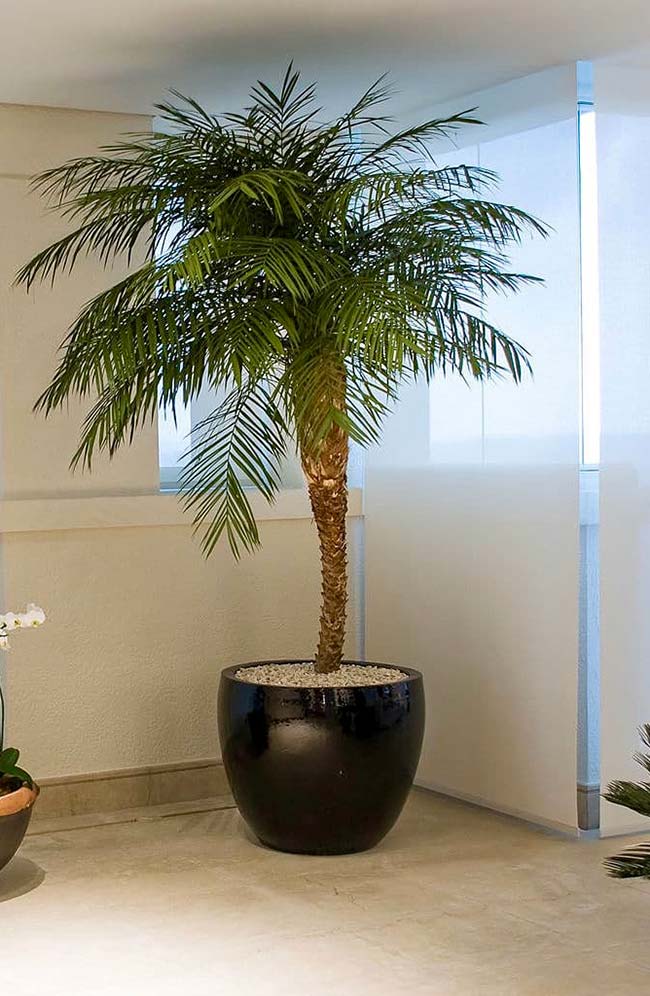
Image 18 – In outdoor areas, the palm grows more, so remember to leave an adequate space between each seedling.
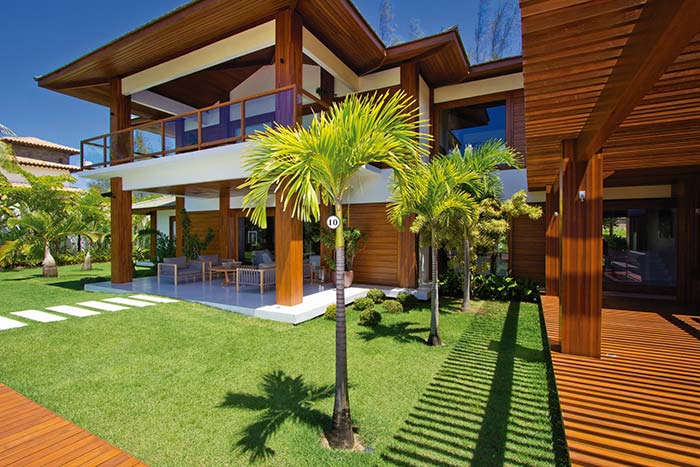
4. Palm Tree Bottle
Palmeira Bottle is a sculptural and very exotic species, ideal for ornamenting gardens. Slow growing, this palm can reach up to six meters in height. The characteristic shape of this species is due to the expansion of the base of the trunk for water storage. The bottle palm should be grown in full sun with well-fertilized soil. The most recommended is to do the planting alone to highlight the sculptural detail of the plant.
Picture 19 – Set of bottles palm trees in the garden.

Image 20 – External areas are the most suitable for planting this species.
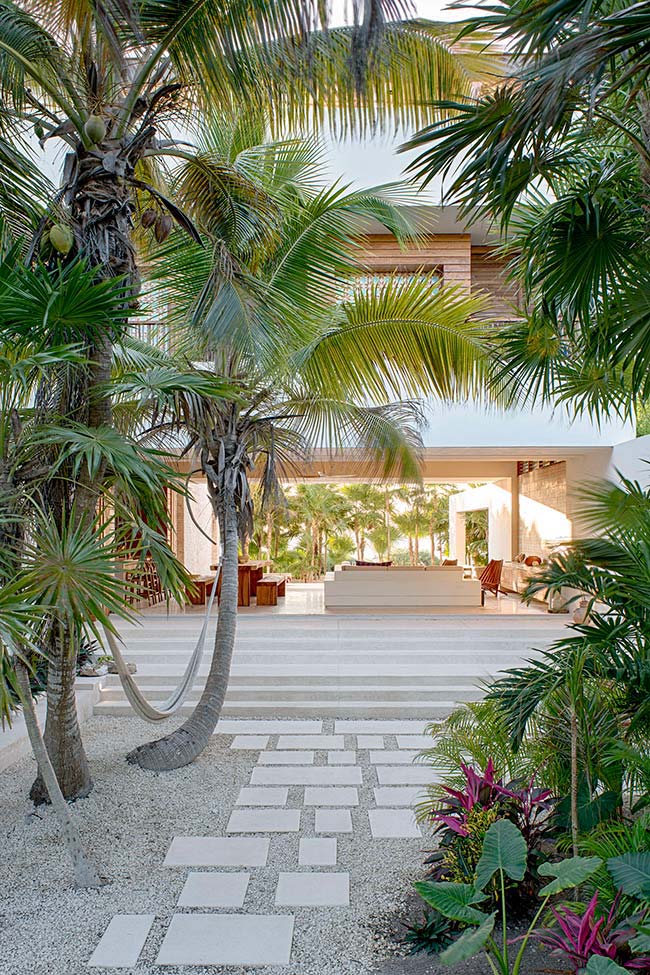
Picture 21 – The bottle palm is a good option to be grown in coastal regions, as it supports the winds and salinity very well.
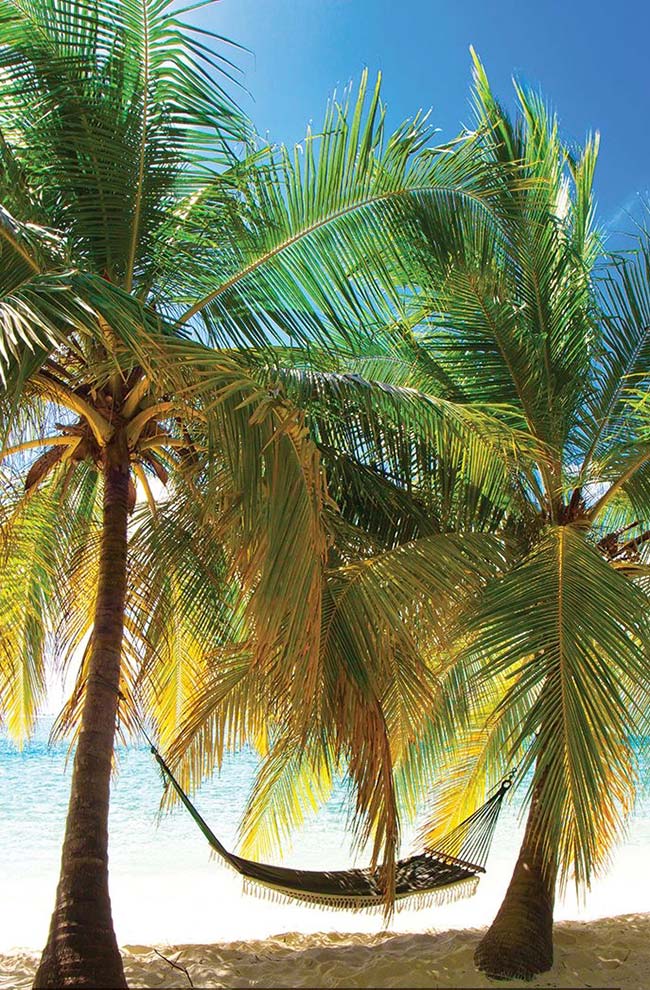
Picture 22 – Palm tree ornamenting the garden.
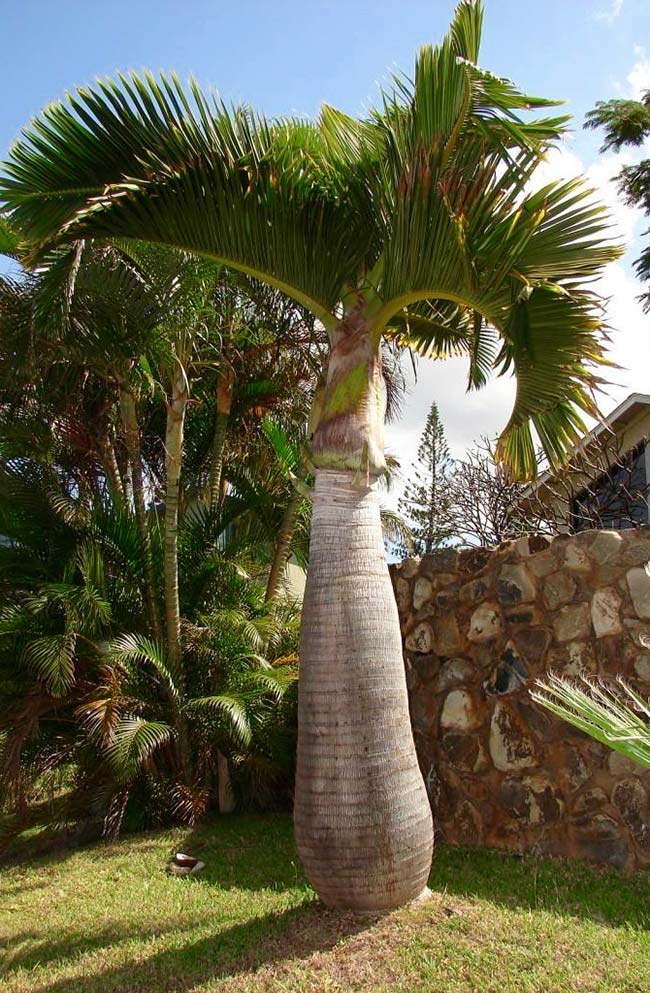
Image 23 – The leaves of the bottle palm are also very striking.

Picture 24 – Palm bottles can be planted in a pot, as long as it receives light and heat.
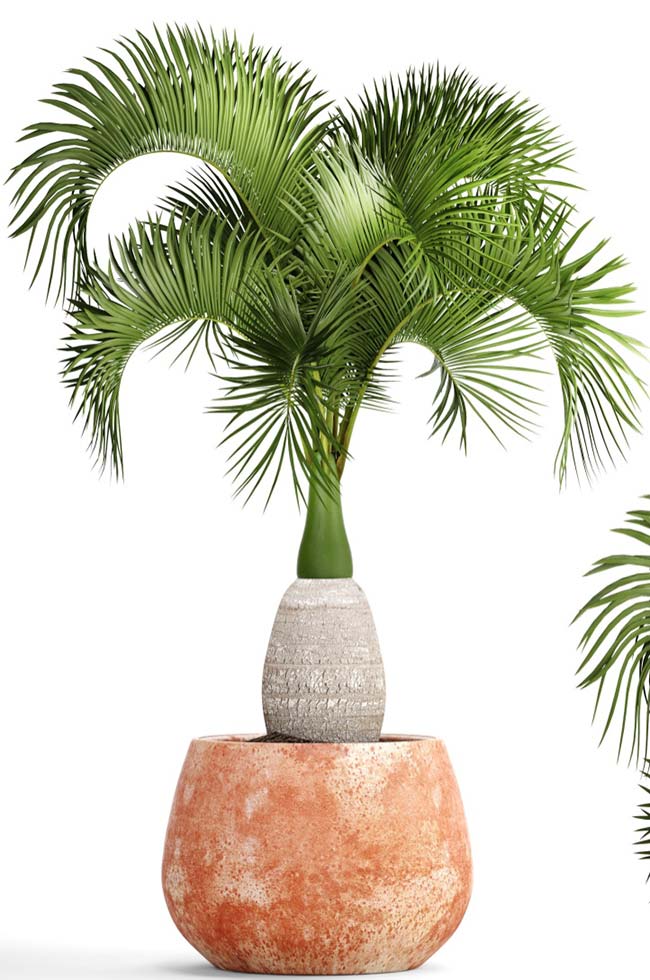
5. Imperial palm
The Imperial Palm does not have this name by chance. The first of its kind was planted for the first time in Brazil by D. João VI and became a symbol of the empire. Of majestic size, the imperial palm can reach 40 meters in height, being ideal to accompany large constructions, avenues, boulevards and large residences. The best way to plant it is in pairs, groups or rows. The isolated species is lost and disproportionate in the environment.
Image 25 – Path of imperial palm trees.
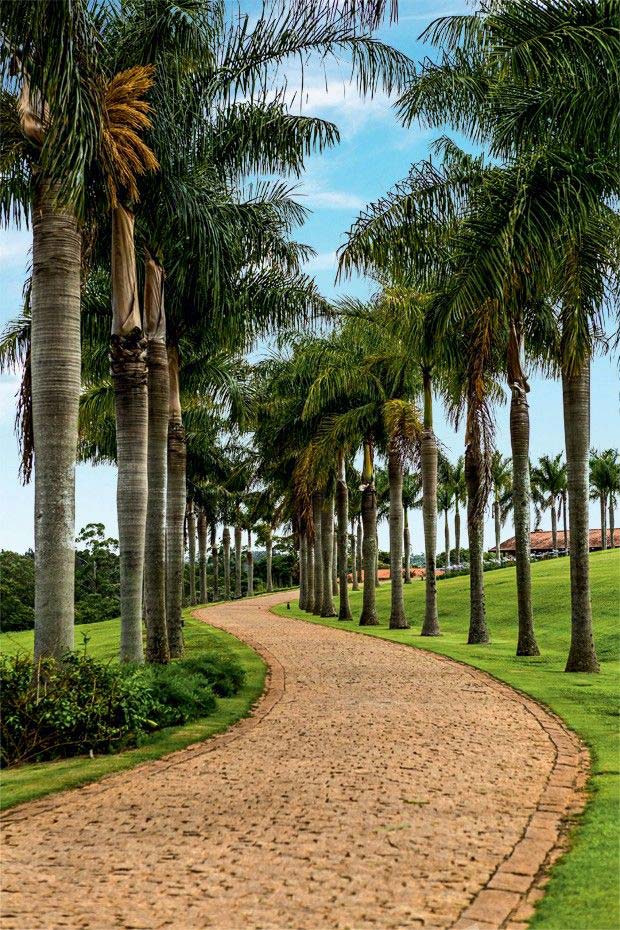
Image 26 – Lush and majestic.
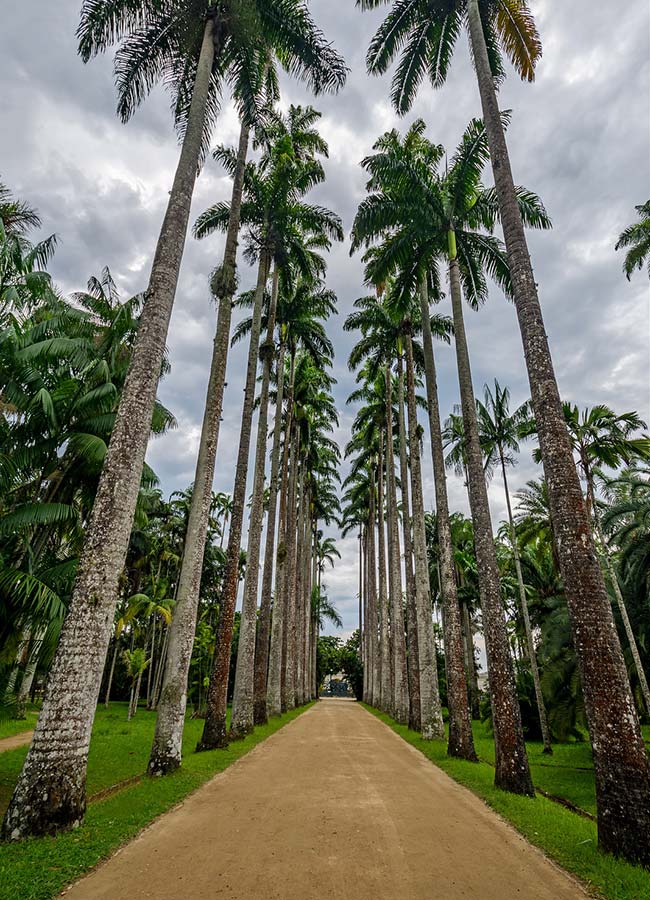
Image 27 – Imperial palms together with species of smaller size.
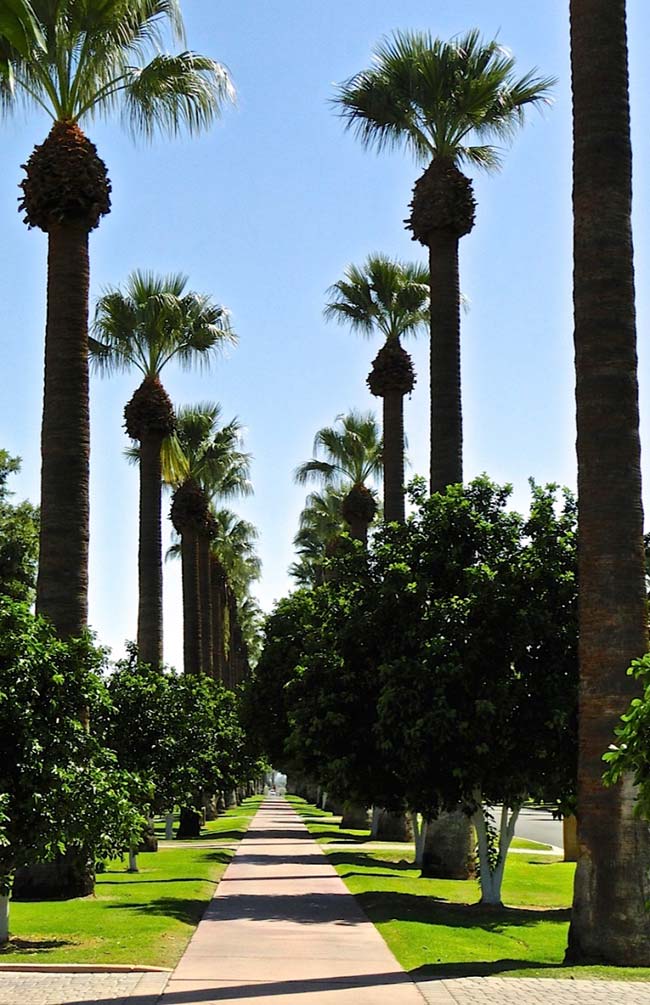
Image 28 – In such a scenario it is possible to dimension the size of the imperial palm.
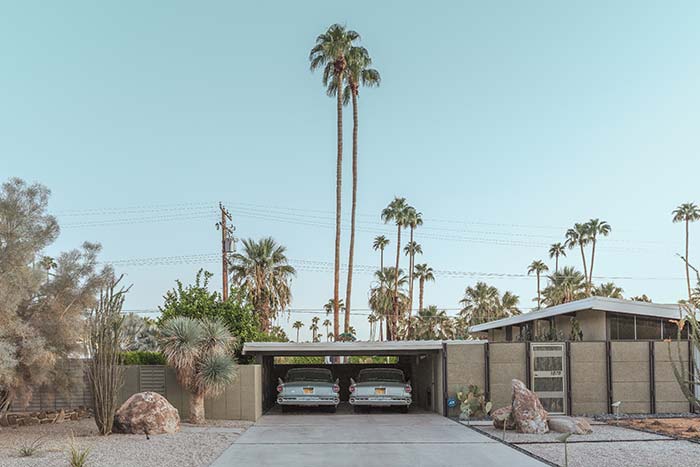
Image 29 – Imperial palm trees planted in groups.
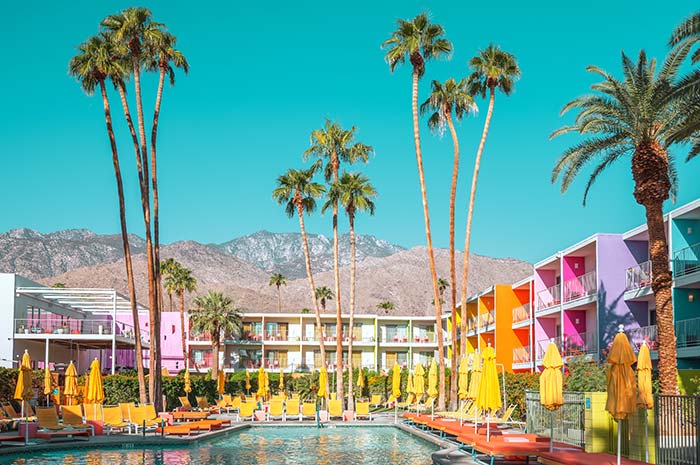
Image 30 – Large houses are the most suitable to receive the species.

6. Fan Palm
The fan palm is a small species, hardly reaching more than three meters in height. This plant stands out for its large triangular leaves, pleated and with serrated edges. The fan palm is a great option for planting outdoors and indoors, and can even be grown in pots. The important thing is to keep the plant in a well-lit place.
Picture 31 – Fan palm leaves decorating the entrance hall.
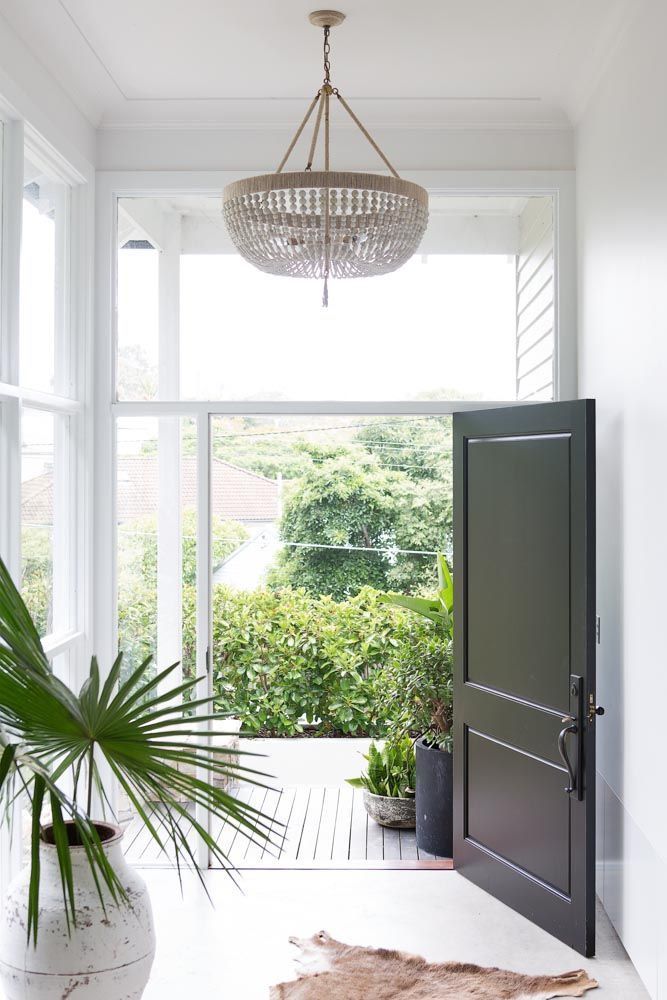
Picture 32 – Fan palm ornamenting the external area together with other plants.
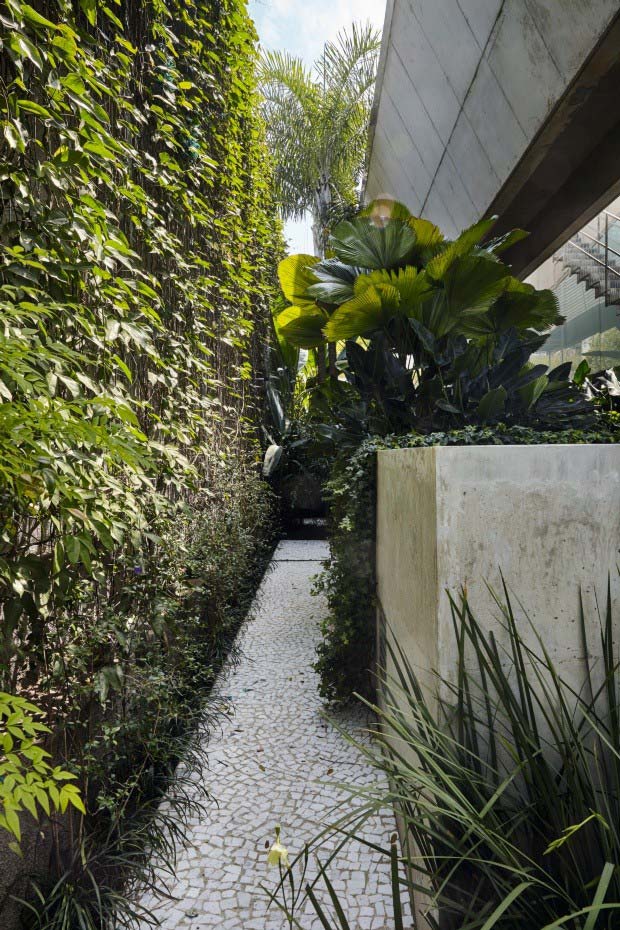
Image 33 – The bulky leaves of this species of palm can hinder the passage.
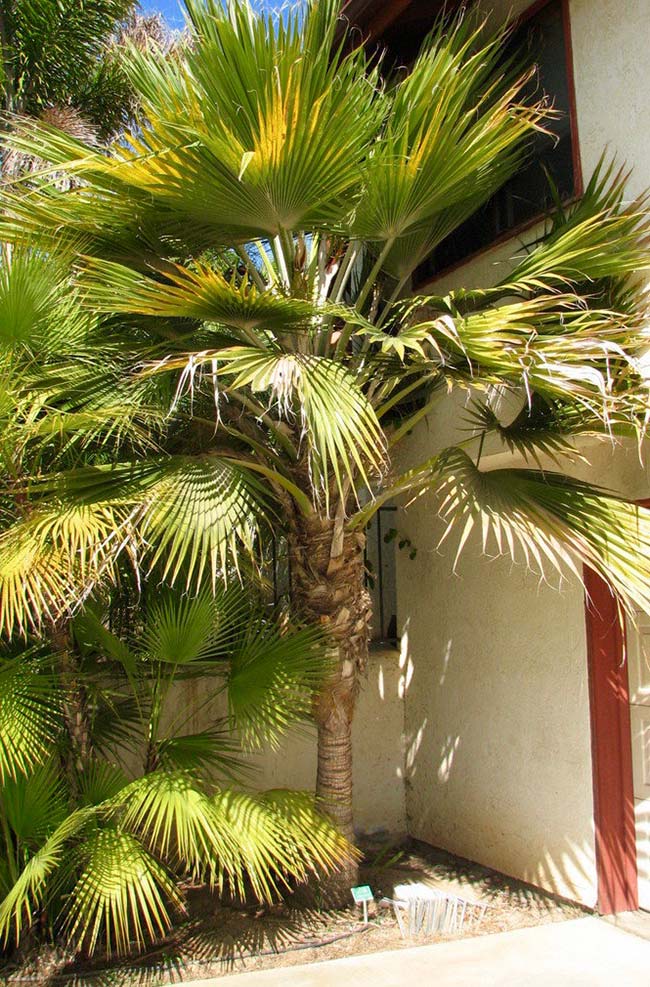
Image 34 – Bright green of the leaves make this palm tree even more ornamental.
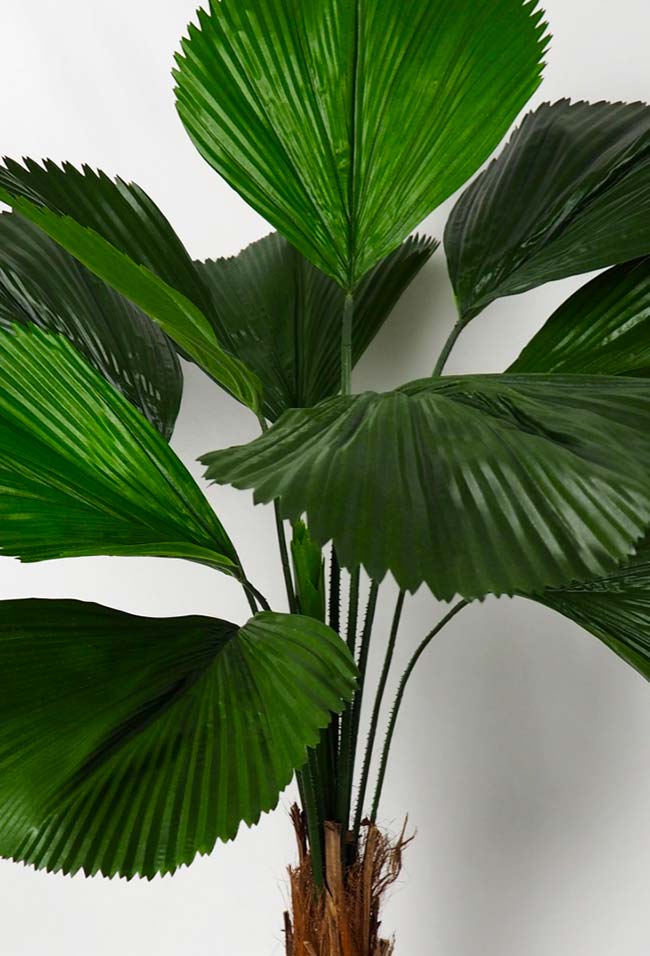
Image 35 – In pots, in full sun, palm trees fully develop.
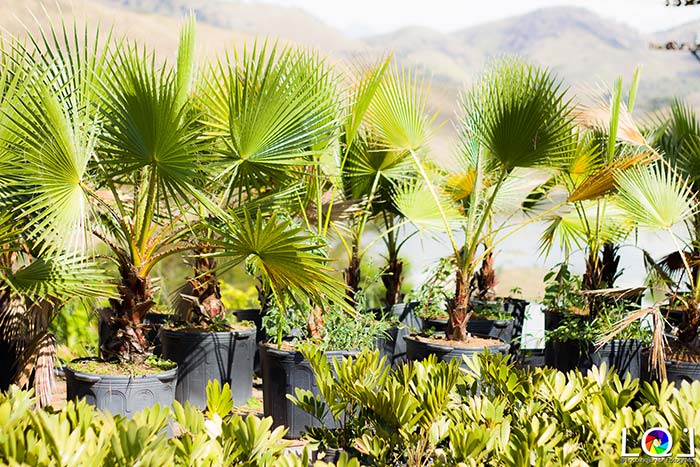
7. Royal Palm
The Royal palm is a species originally from Australia, but it has adapted very well to the Brazilian climate and, today, is one of the main species used for the ornamentation of external areas. The Royal Palm can reach up to 20 meters in height and is very resistant to cold and frost, and can even be planted in mountainous regions.
Image 36 – Real palm trees guarding the entrance to the house.
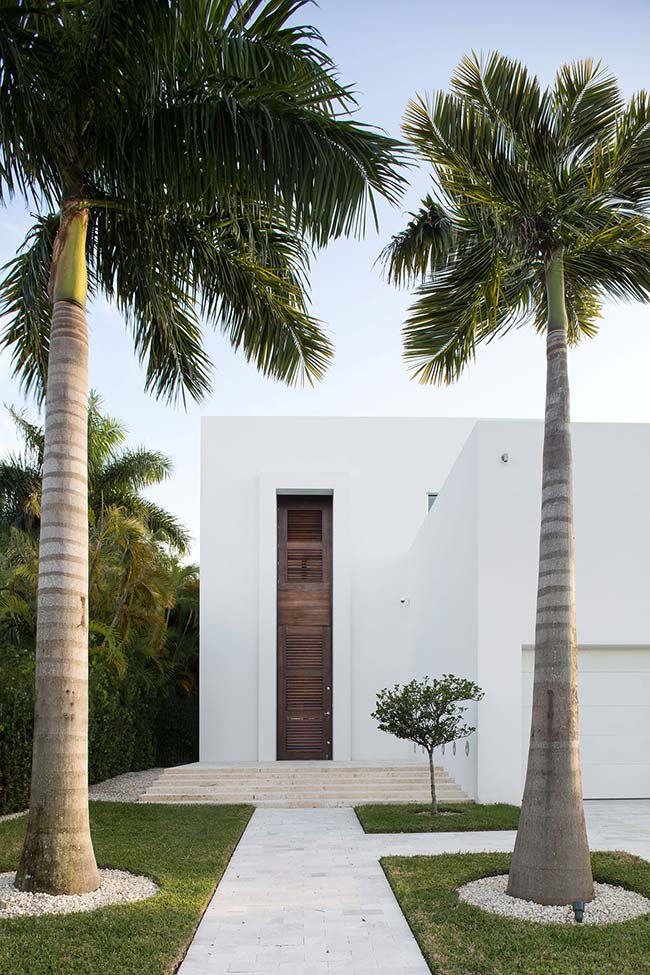
Image 37 – Even tall, the real palm trees do not take away the visibility of the facade of the house.

Image 38 – Palm trees are great for bringing a tropical climate indoors.
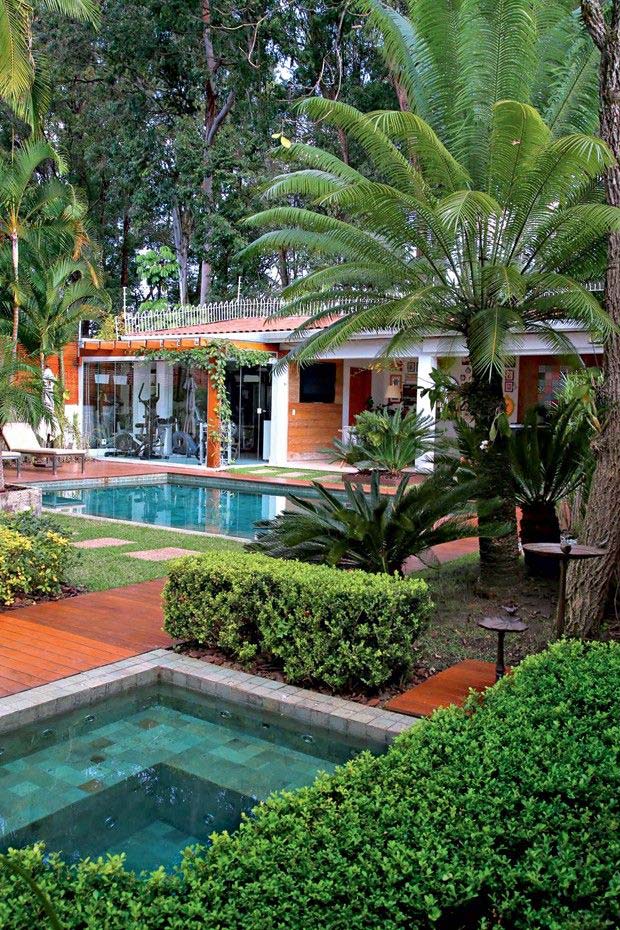
Image 39 – The warm climate of the coast becomes one of the best places to grow palm trees.
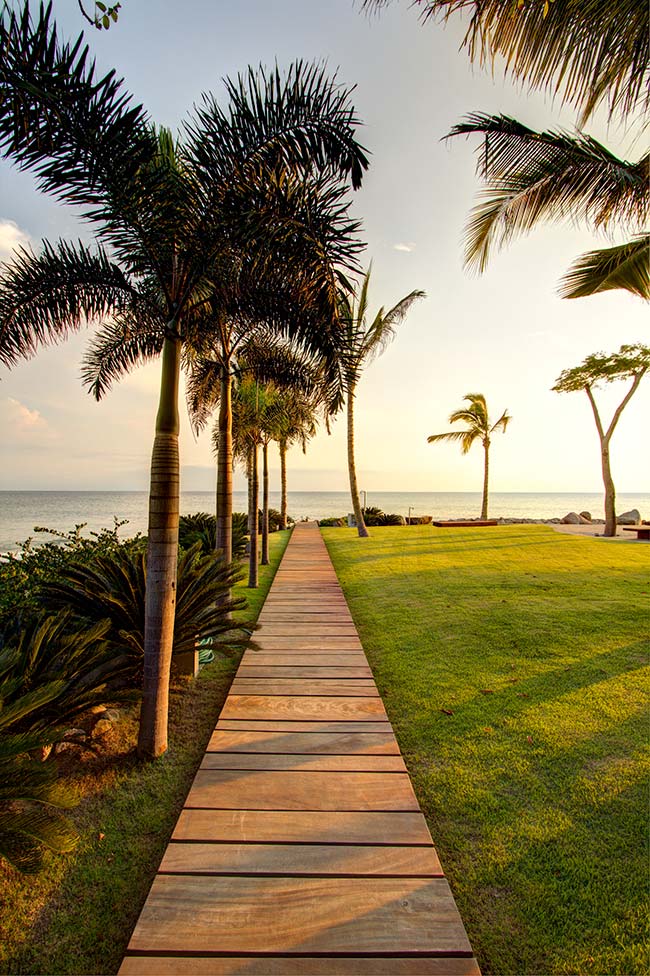
Image 40 – Varied species of palm trees make up the landscape design of this external area.

Picture 41 – With long leaves and tall stems, the royal palm trees bring elegance to the buildings.

8. Rabo de Raposa Palm
The leaves of this palm are its great highlight. The arched shape and countless leaflets make them similar to bottle brushes or fox tails, as the name suggests. This species is widely used in gardens, being generally planted in groups of three to four palm trees to ensure the exuberant look of the species. In pots, during the young phase, the plant develops well if placed in a well-lit place.
Image 42 – Path made with fox tail palm trees.
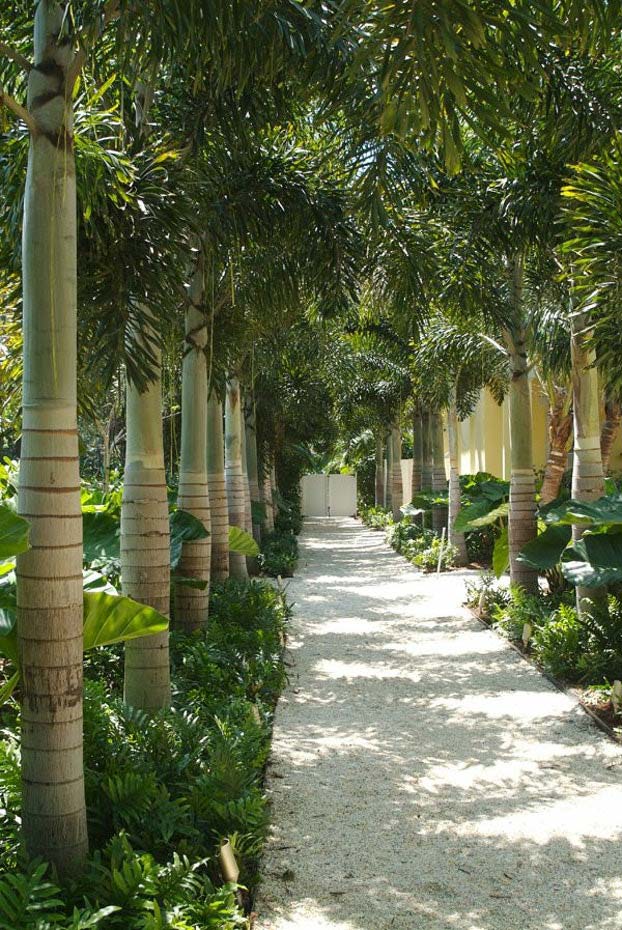
Image 43 – Bulky leaves are the main characteristic of this species of palm.

Image 44 – When it reaches maturity, the palm tree tail of fox bears red fruits.
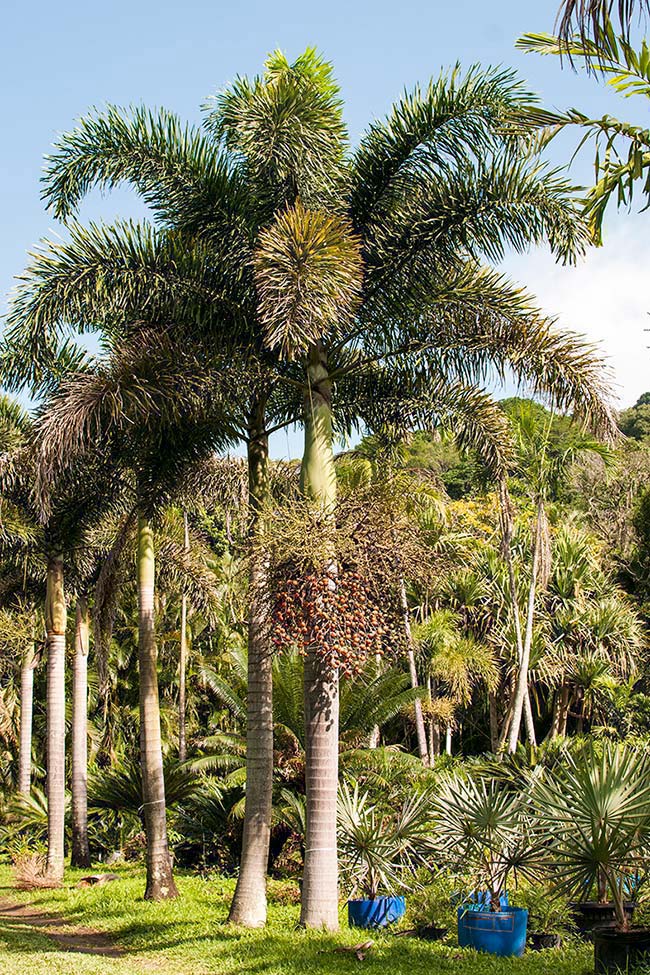
Image 45 – Base of palm tree ornamented with creeping species and enjoying half shade.
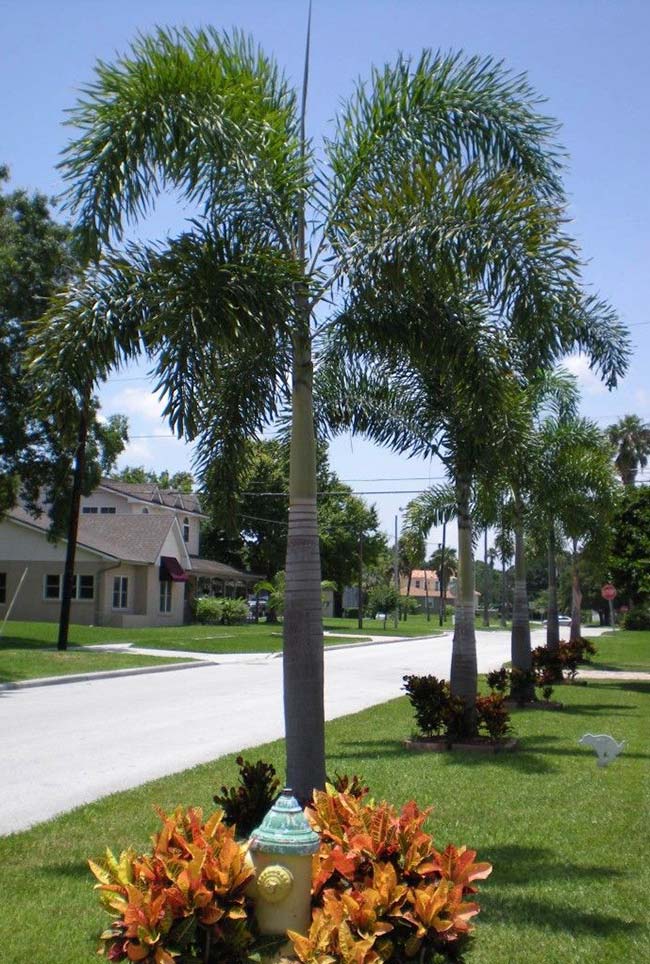
Image 46 – Set of palm trees forming a green and yellow massif.
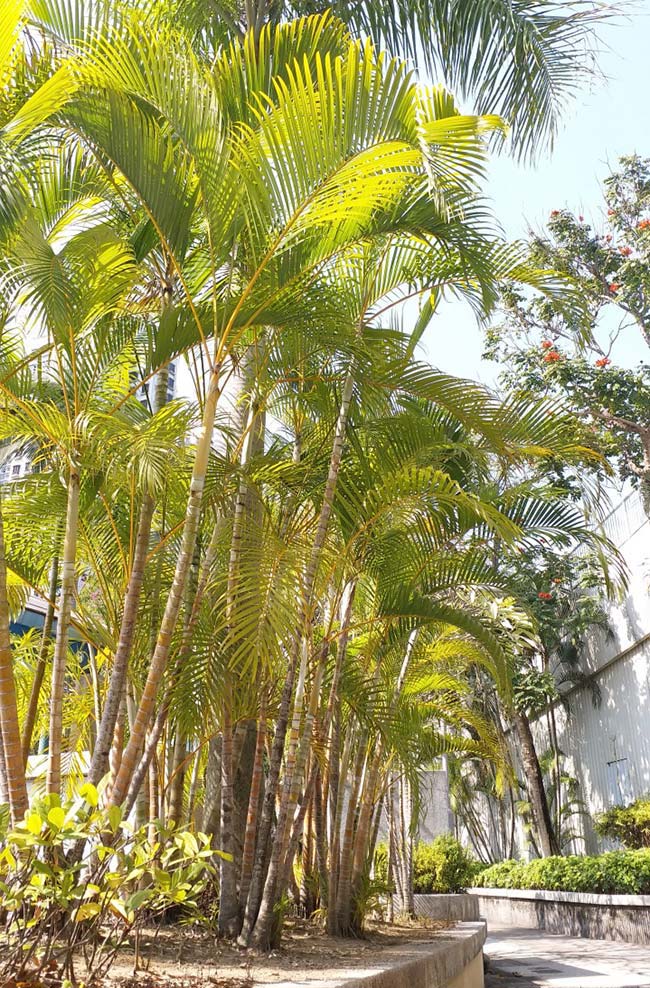
Image 47 – Rustic in appearance, the palm trees combine perfectly with the beach environment.
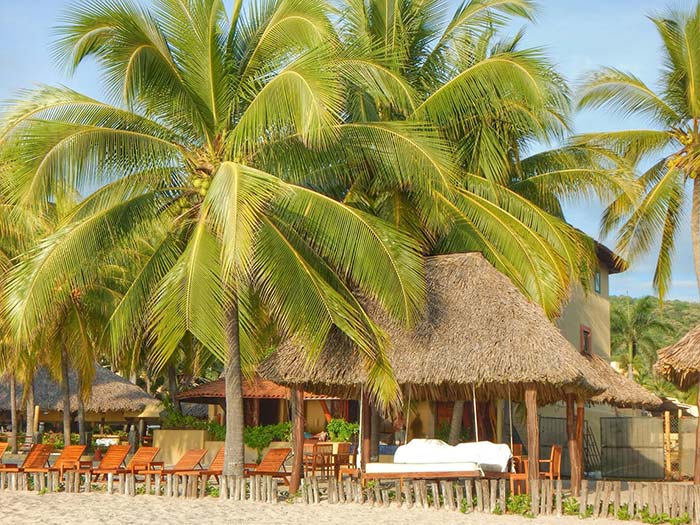
9. Palm Tree Raffia
The raffia palm is an elegant and very ornamental species that can be planted in flower beds, gardens or vases, and is widely used for interior decoration. The Japanese were the first to use the plant for decorative purposes. As an adult, the raffia palm can reach up to three meters in height. This species of palm tree enjoys a milder climate, and can be grown both in full sun and in shade. Waterings must be regular.
Image 48 – Set of raffia palm tree at the entrance to the house.
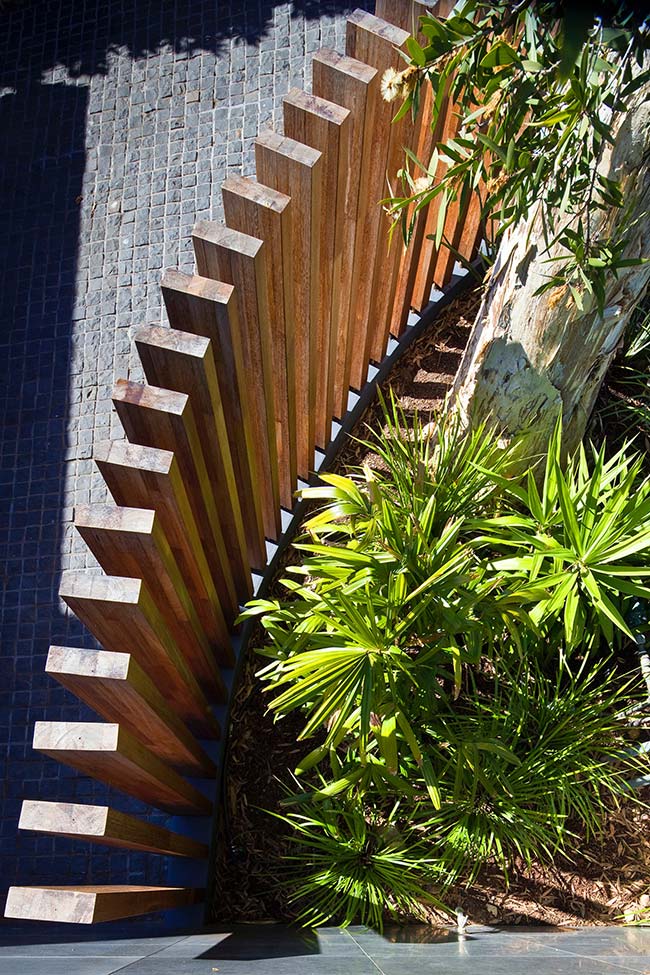
Picture 49 – In the vase, the raffia palm decorates with a lot of charm and beauty.

Image 50 – The species, despite requiring frequent watering, is very easy to be cultivated.

Picture 51 – Palm trees and Adam's ribs leave the room with a tropical climate.
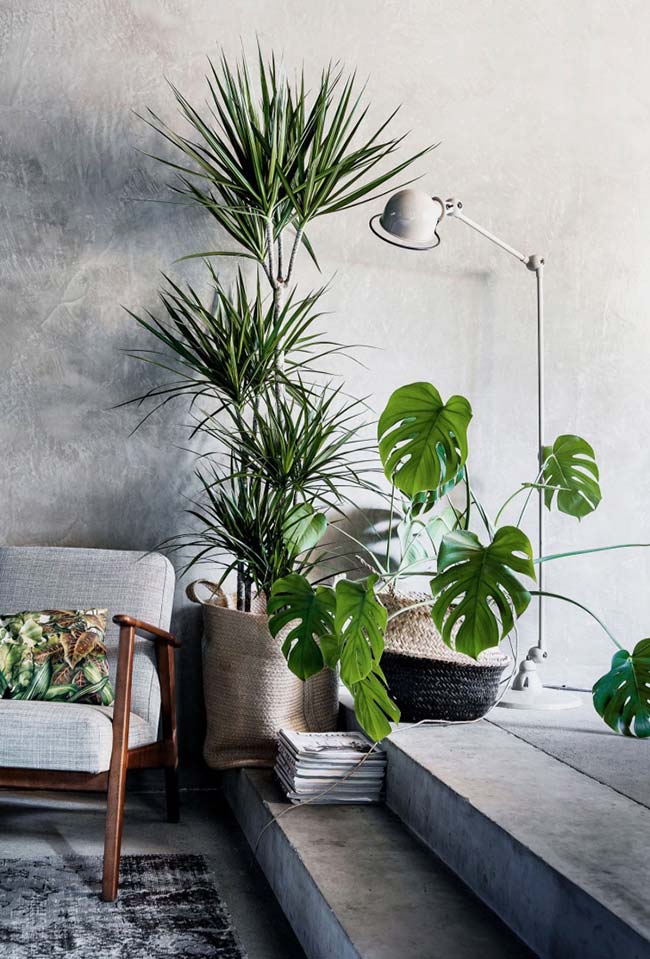
Picture 52 – Tall vases, like the one in the picture, guarantee style and elegance to the plant.
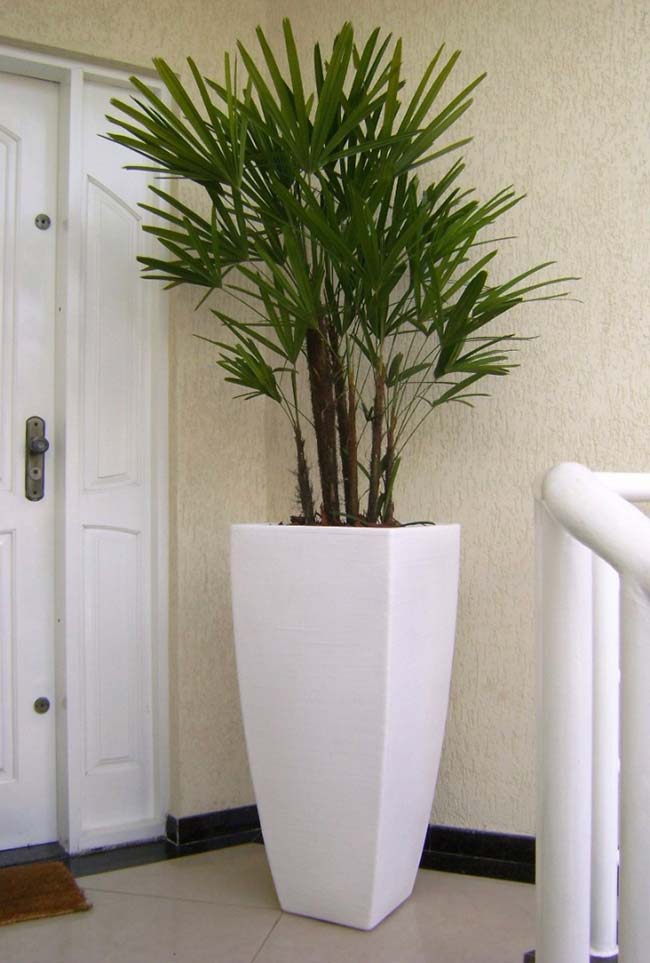
Image 53 – Raffia palm tree bed.

10. Triangular Palm
The triangular palm has moderate and slow growth, but can reach up to six meters in height. What is most striking about this palm is the way the leaves are arranged in the crown of the plant, forming a triangle. When young, the triangular palm can be planted in pots and then transplanted to larger places, such as squares and parks.
Image 54 – Wave path with triangle palm trees.
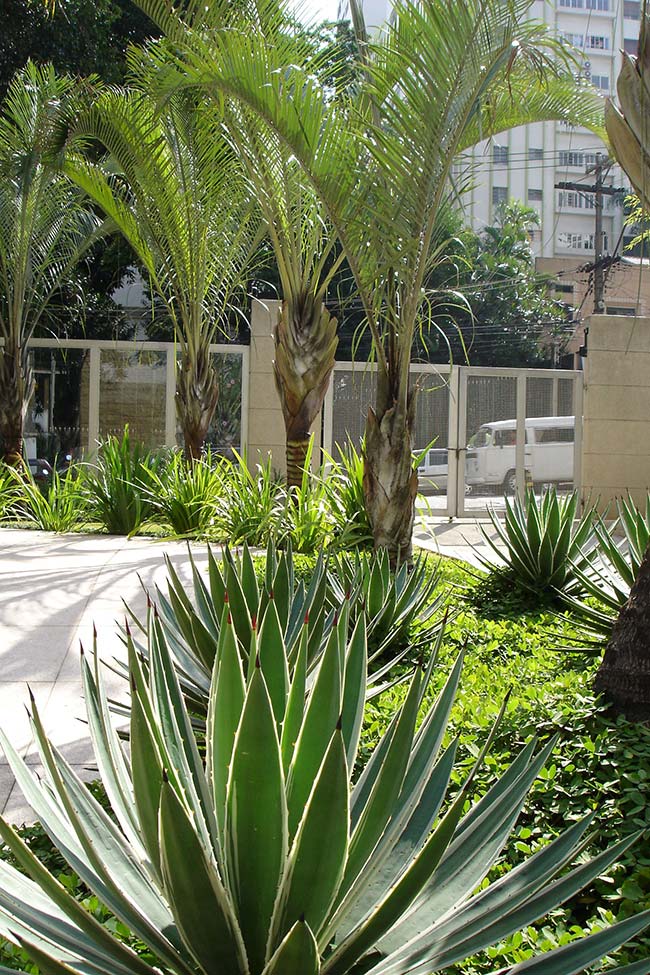
Image 55 – This type of palm is very common in the decoration of shopping malls.
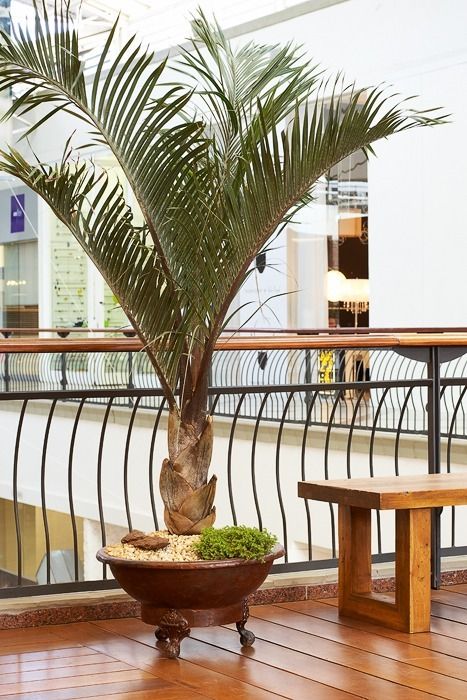
Image 56 – At the entrance to the house, the triangle palm remains imperious.
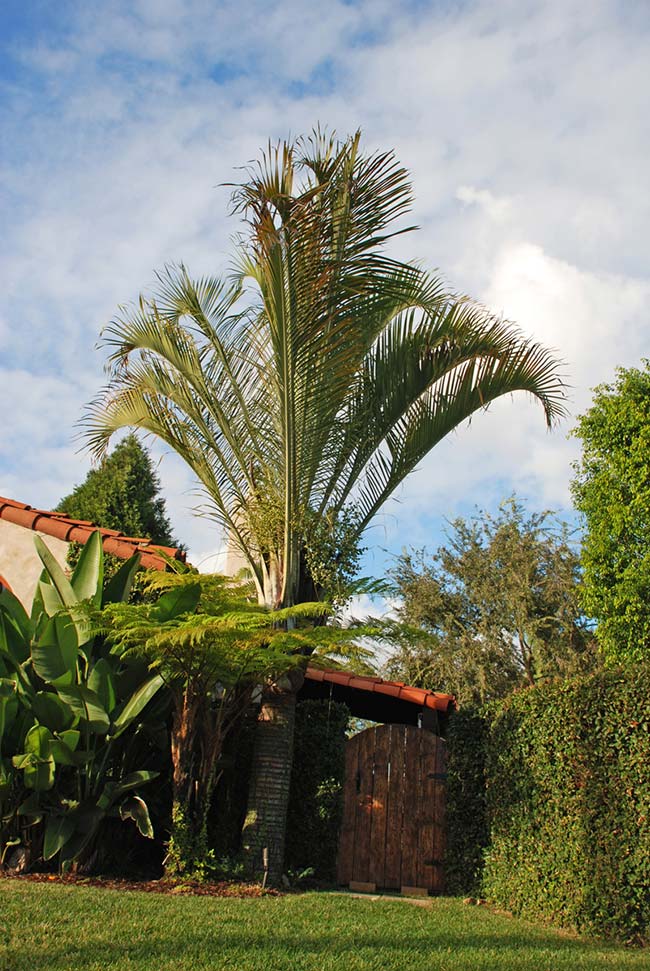
Image 57 – Triangle palm also has slightly grayish leaves.

Image 58 – Do not confuse the triangle palm with the blue palm, the difference between them is the shape of the leaves, the first has elongated leaves.
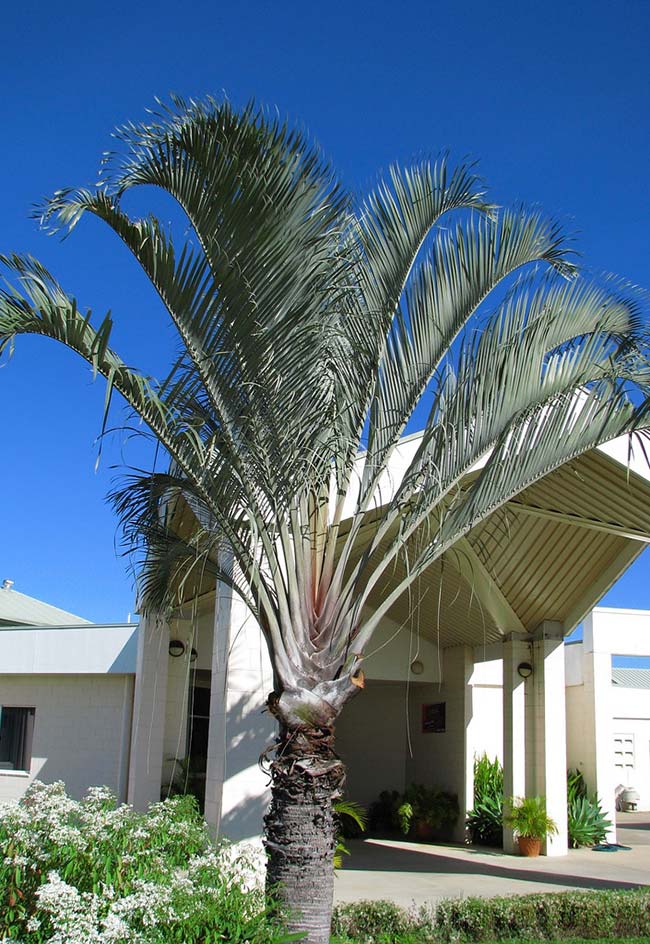
11. Washingtonia Palm
Washingtonia palm or Saia palm tree, as it is also known, is one of the palm species that has adapted to Brazilian soil. Originating in the United States and Mexico, this species can reach up to 20 meters in height. Washtonia palm leaves are large and fan shaped, forming a wide open canopy. An interesting characteristic of this palm is that its old leaves do not fall, as it happens in the other varieties, with that the plant creates a brownish skirt of dry leaves. This peculiarity of the plant can end up becoming a problem, since this skirt can shelter pigeons and rats, and the permanence of the leaves makes the plant highly flammable and can easily catch fire. These negative aspects of the plant can cause it to be removed from the site to avoid accidents and other inconveniences.
Image 59 – Entrance to the house ornamented with washingtonia palm trees.

Image 60 – The large, open leaves of this species have been harmonized with the floor plan.
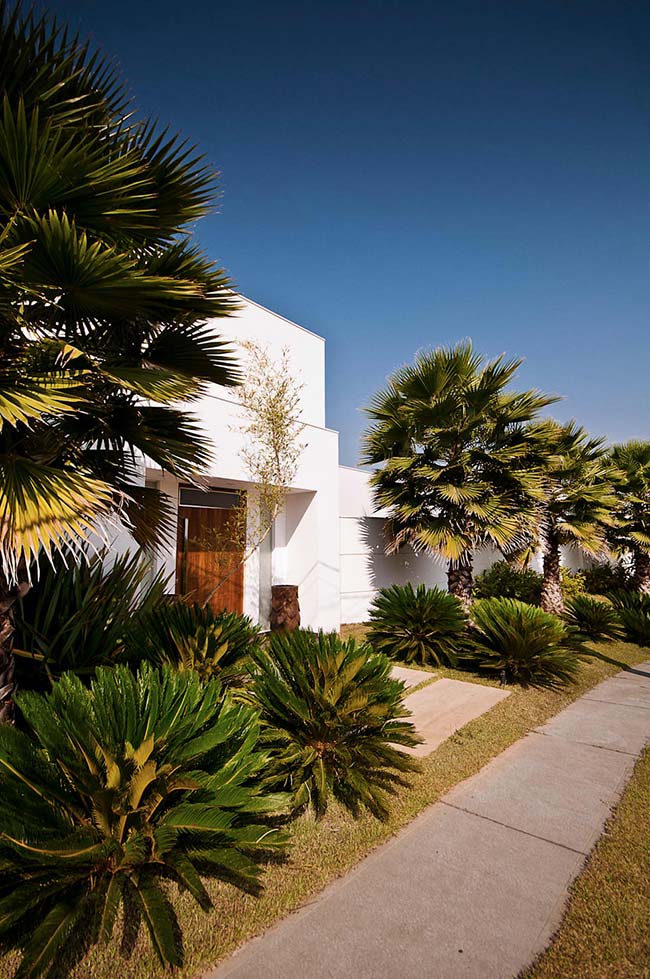
Image 61 – For species grown at home, the skirt can be easily removed avoiding the problems mentioned above.

Image 62 – Tall and majestic.

Image 63 – Different palm trees composing the same space.
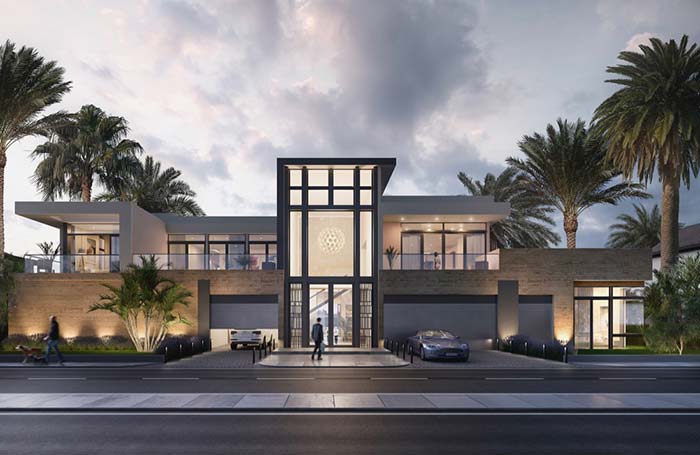
Picture 64 – Palm tree washingtonia together with the species of arid climate
